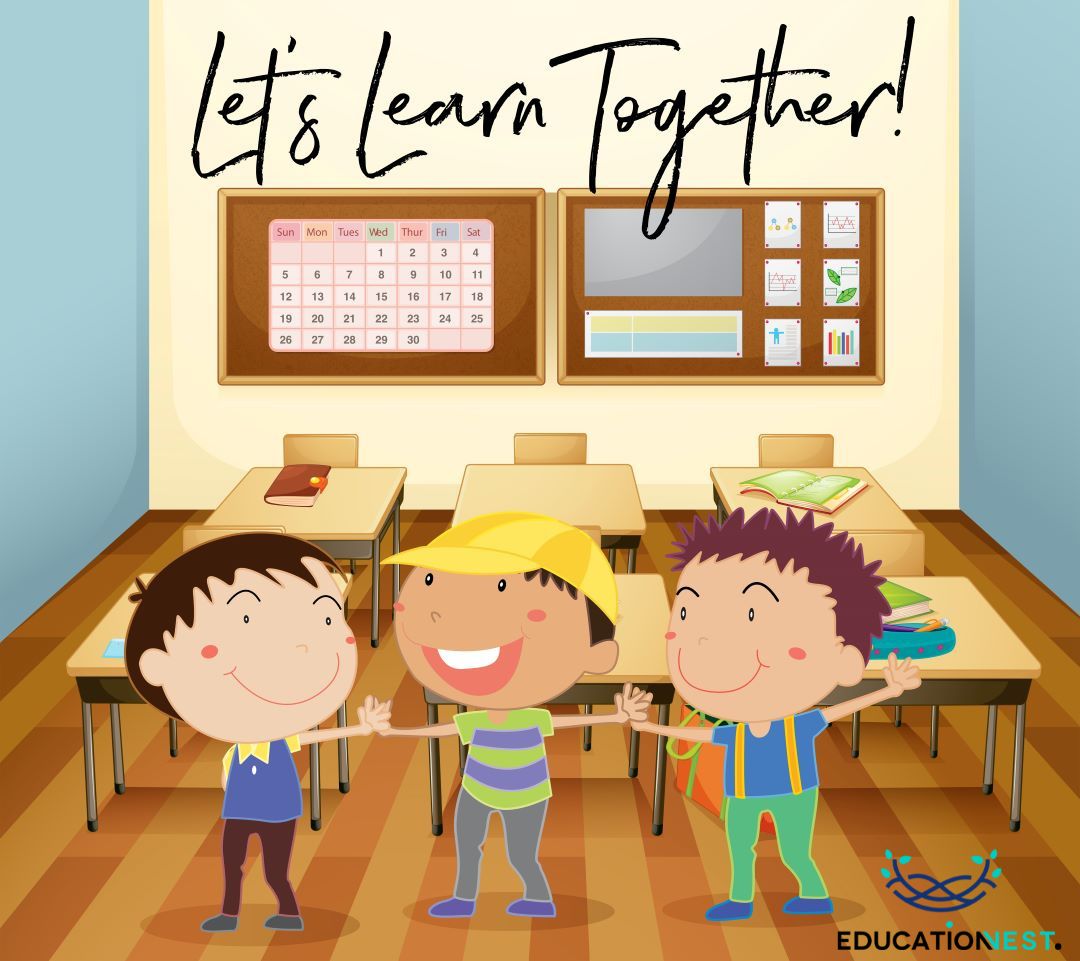
Welcome to Education Nest, where we’re committed to nurturing young minds and helping educators make every classroom experience engaging and enriching. In today’s blog, we’ll delve into the crucial topic of self-regulation strategies for classroom transitions, with a focus on all students, especially elementary students, to ensure smooth sailing on every transition day.
The Challenges of Classroom Transitions

Let’s face it, classroom transitions can be a bit chaotic, and not just for the little ones. Even teachers often find themselves struggling to maintain order as students switch between activities in the classroom. The result? Lost instructional time and frustrated students. But fear not, we have just the right strategies to make these transitions seamless and productive for all students.
Mindful Planning for Effective Transitions
- Prepare Ahead:The key to successful transitions starts with preparation. Before the transition day, have a clear plan for each shift between activities in the classroom. Make sure students know what to expect.
- Visual Cues:Visual aids work wonders, especially for elementary students. Use timers, countdowns, or visual schedules to keep them informed about when a transition is coming up.
- Clear Instructions:Communication is paramount. Give clear and concise instructions before transitions. Ensure that students understand what’s expected of them during the shift.
Engaging Transition Activities
- Brain Breaks: Incorporate short, fun activities between lessons to refresh students’ minds. This helps maintain focus during transitions and prevents restlessness.
- Interactive Games: Transform transitions into exciting games that require teamwork and engagement. This not only keeps all students involved but also builds a sense of camaraderie.
- Music and Movement: Music can work wonders. Play a catchy tune during transitions, and watch how students smoothly move from one task to another. It’s also an excellent opportunity for a quick dance break.
Also Read:
What is Interpersonal Communication: Meaning, Types, Elements and More
Embrace Flexibility
- Accommodate Individual Needs:Recognize that not all students in the classroom have the same pace. Some may need a bit more time to transition, while others are ready to go. Be flexible and adapt to individual needs.
- Transitions as Learning Opportunities:Use transitions as opportunities to teach self-regulation skills. Encourage students to take deep breaths, count to ten, or use other calming techniques during transitions.
Consistency is Key
- Establish Routines:Consistency breeds familiarity. Create a routine for transitions and stick to it. Elementary students thrive on predictability, and routines can help them feel secure.
- Celebrate Success:Recognize and celebrate when transitions go smoothly. Positive reinforcement can motivate all students to cooperate during these critical moments.
Conclusion
Incorporating these self-regulation strategies for transitions can transform your classroom into a well-oiled machine. Not only will students in the classroom benefit from a more organized and engaging environment, but you’ll also find that teaching becomes more enjoyable and effective.
Remember, it’s all about creating a positive atmosphere and helping all students transition seamlessly between activities in the classroom. So, go ahead, implement these strategies, and watch your classroom flourish.
Stay tuned to Education Nest for more educational insights and practical tips that make a real difference in the lives of educators and students alike. Happy teaching!

